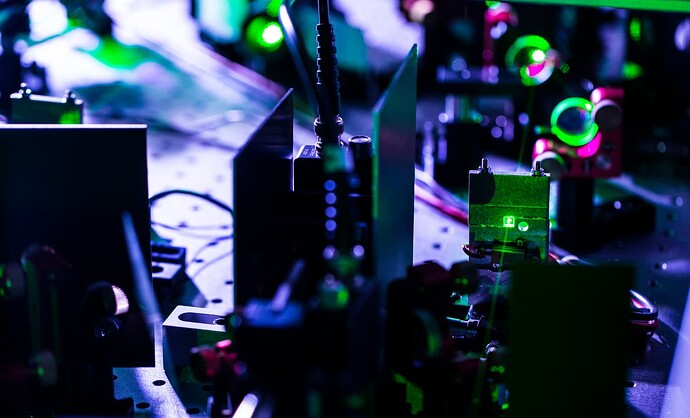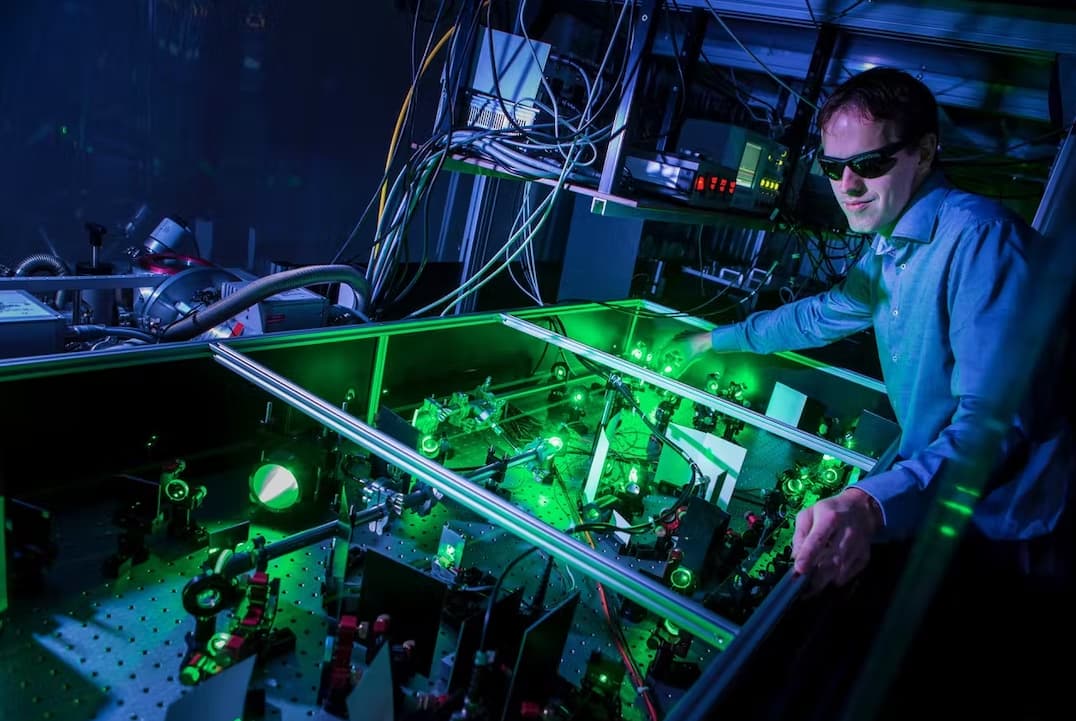Stefan Witte leads the Extreme Ultraviolet Generation group at the Advanced Research Center for Nanolithography in the Netherlands, and unpacks high-harmonic generation in this Q & A tutorial for us.
Laser Focus World: What is high-harmonic generation?
Stefan Witte: High-harmonic generation is an extremely nonlinear process to create very short wavelengths—extreme ultraviolet (EUV) through to soft x-ray—via high-power ultrafast lasers.
Researchers can use this small-scale tool within a lab and do experiments with it—typically not at the same level as an x-ray free-electron system in terms of flux—in a flexible and accessible way. If high-harmonic systems give you enough pulse energy/photons to do your thing, it provides an alternative way to generate short wavelength radiation, coherence, or to do time-resolved experiments.
Perhaps the most surprising aspect of high-harmonic generation is that it’s coherent. It uses a very intense ultrafast laser pulse focused within a gas, where the electric field of the light becomes stronger than the field that binds the electrons to an atom, so electrons get ripped out and accelerated, then come back and all the kinetic energy they picked up gets released in the form of photons. This is a rapid electron acceleration on attosecond timescales and out comes this coherent beam of radiation with a well-defined phase front that can be linked to the front of the driving laser. Everything in the harmonic beam has very controlled properties: timing, phases, wavelengths.
Although the underlying process is violent and high-intensity, it’s almost a paradox it works this way. As a physicist, if you think about it a bit, it all makes sense. But honestly, it still surprises me a bit every now and then.

